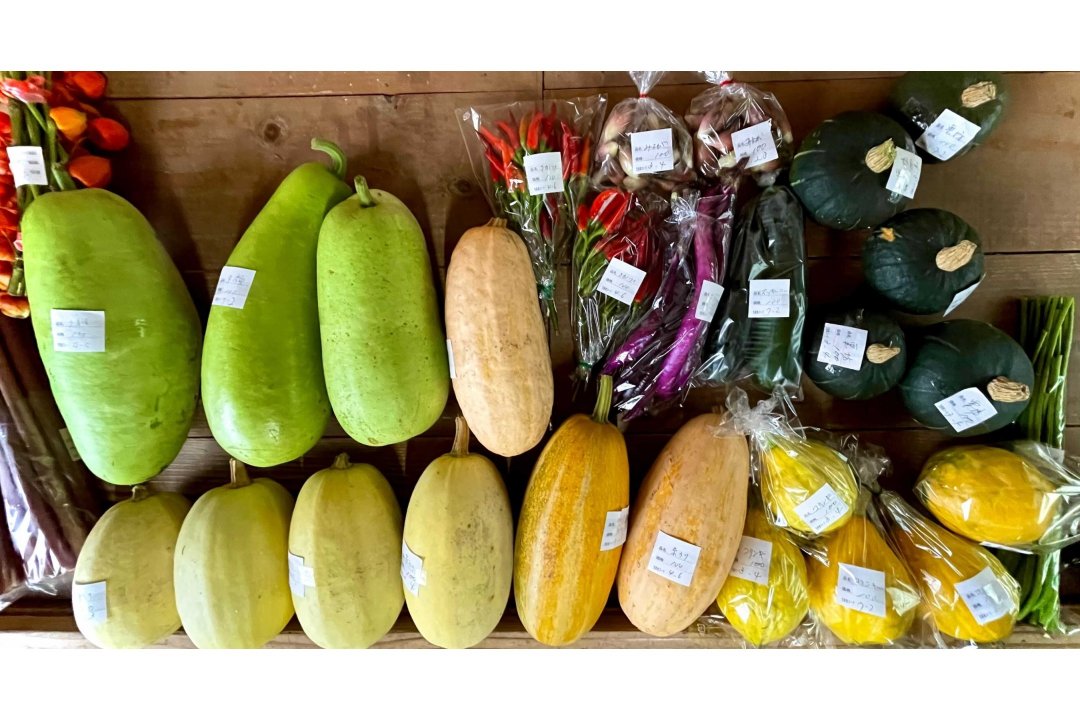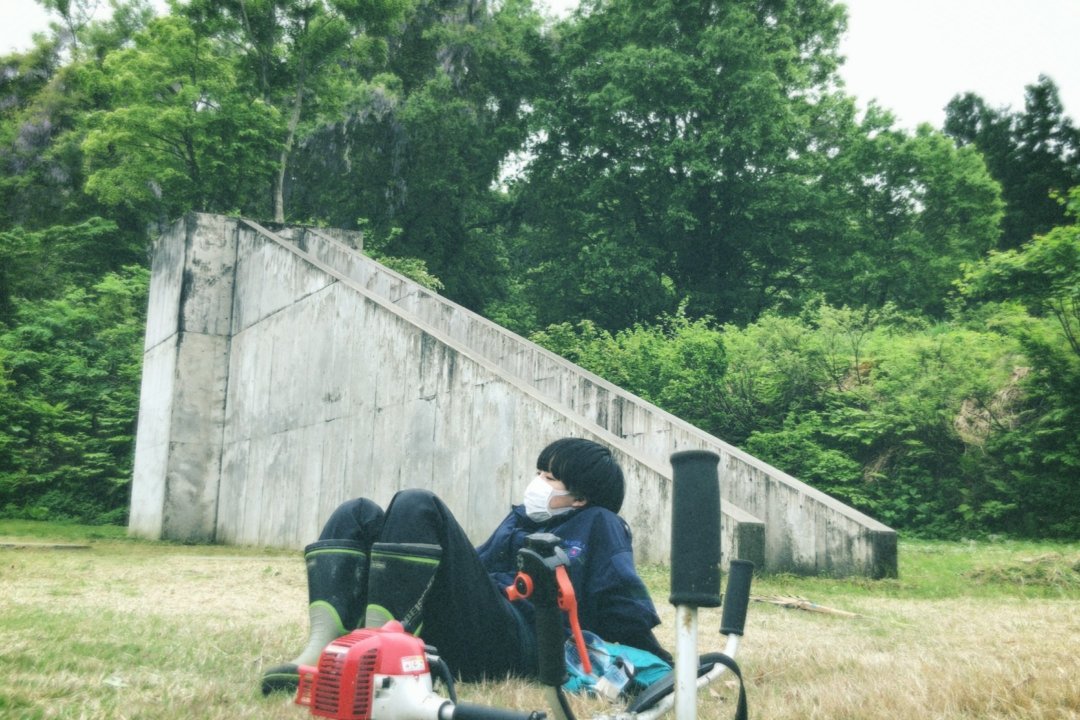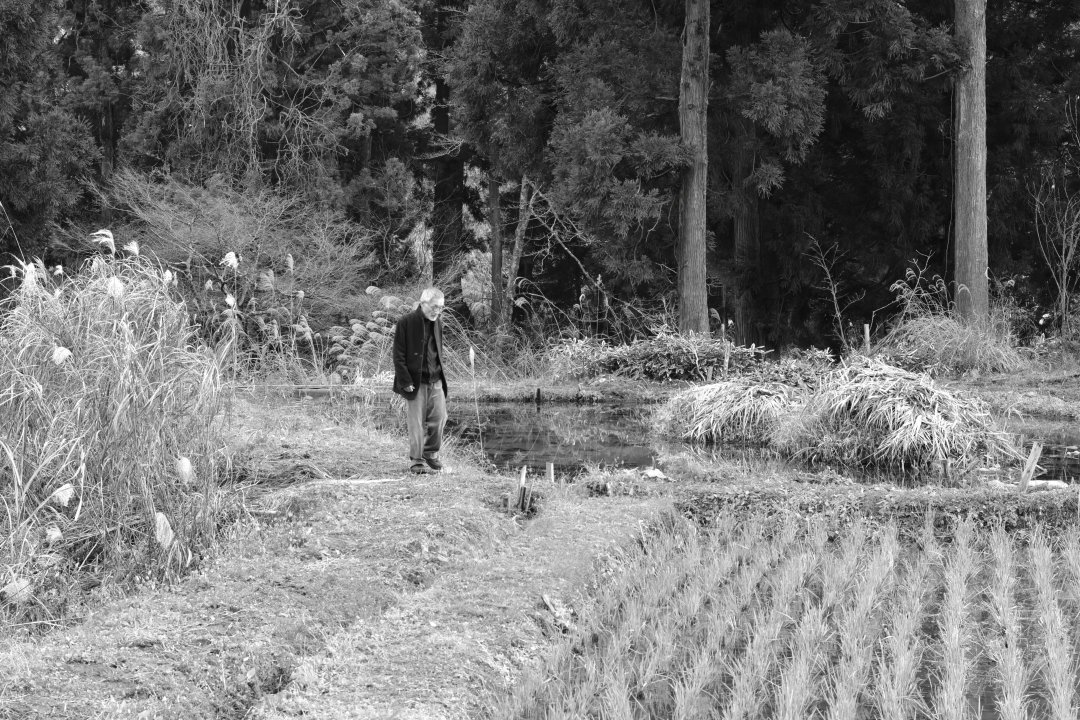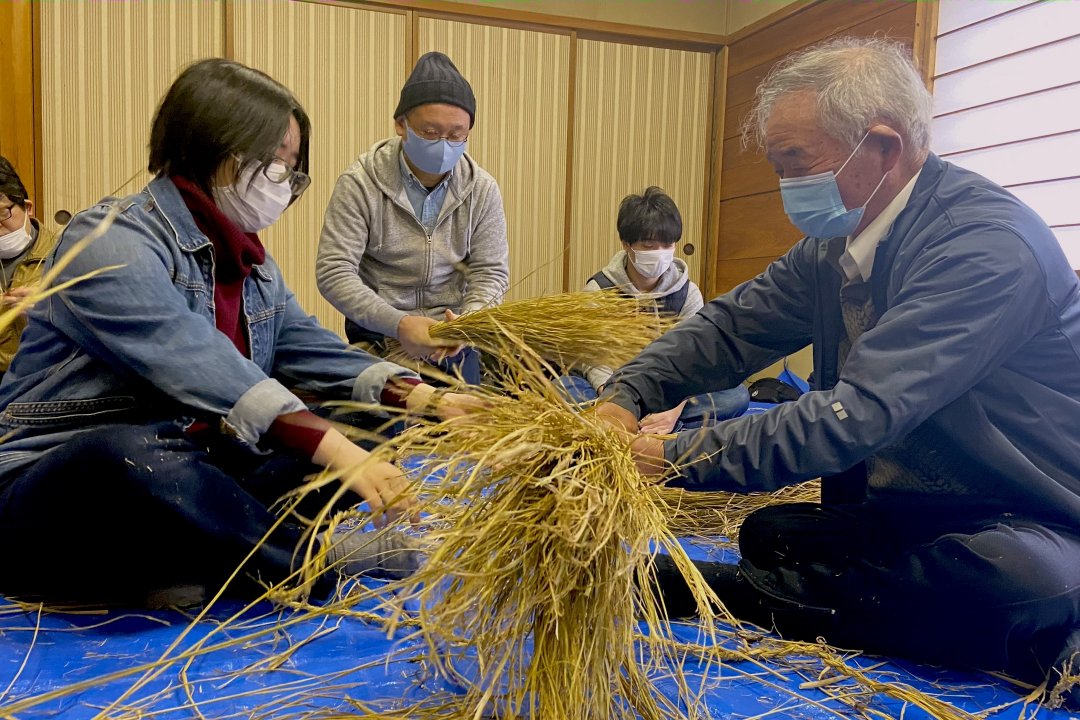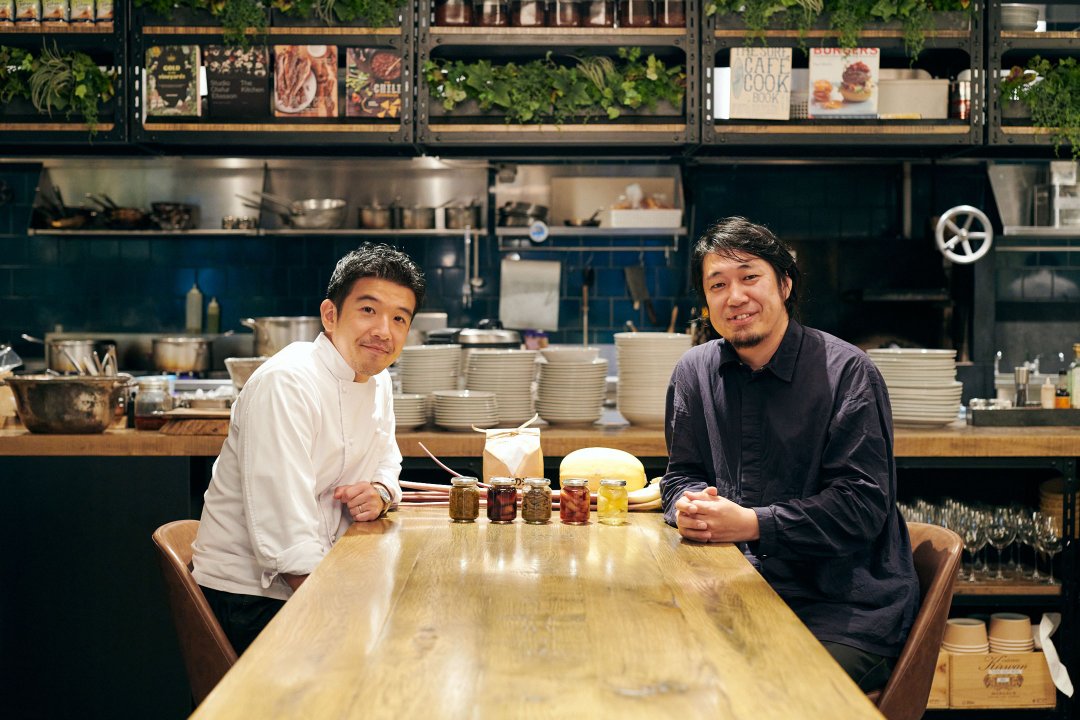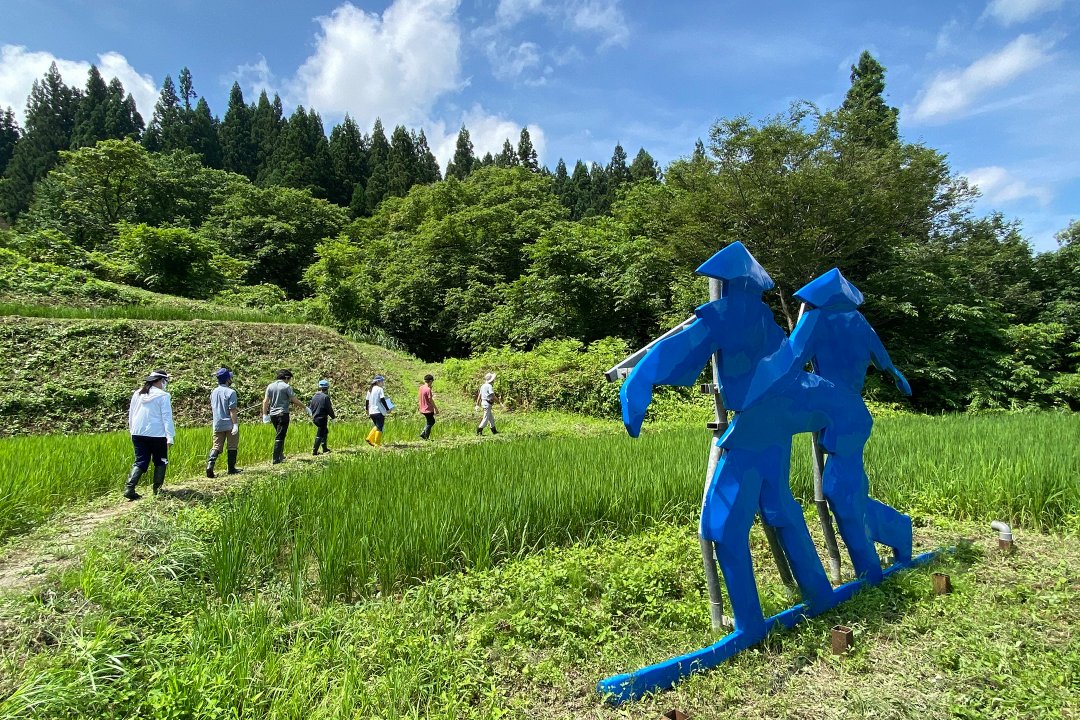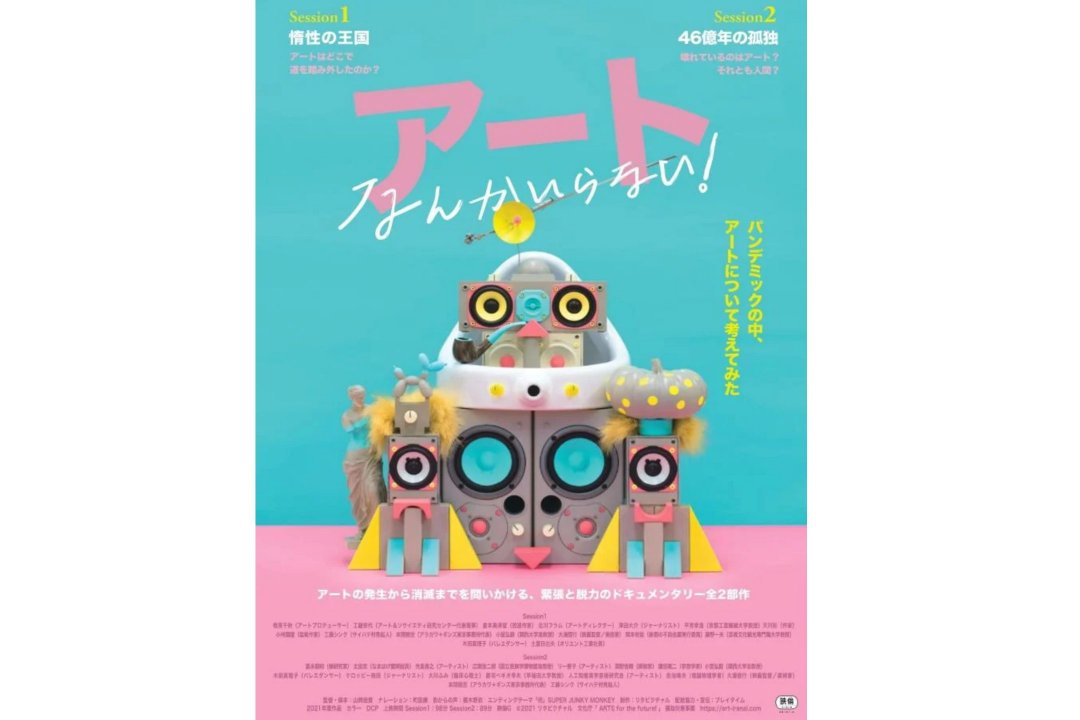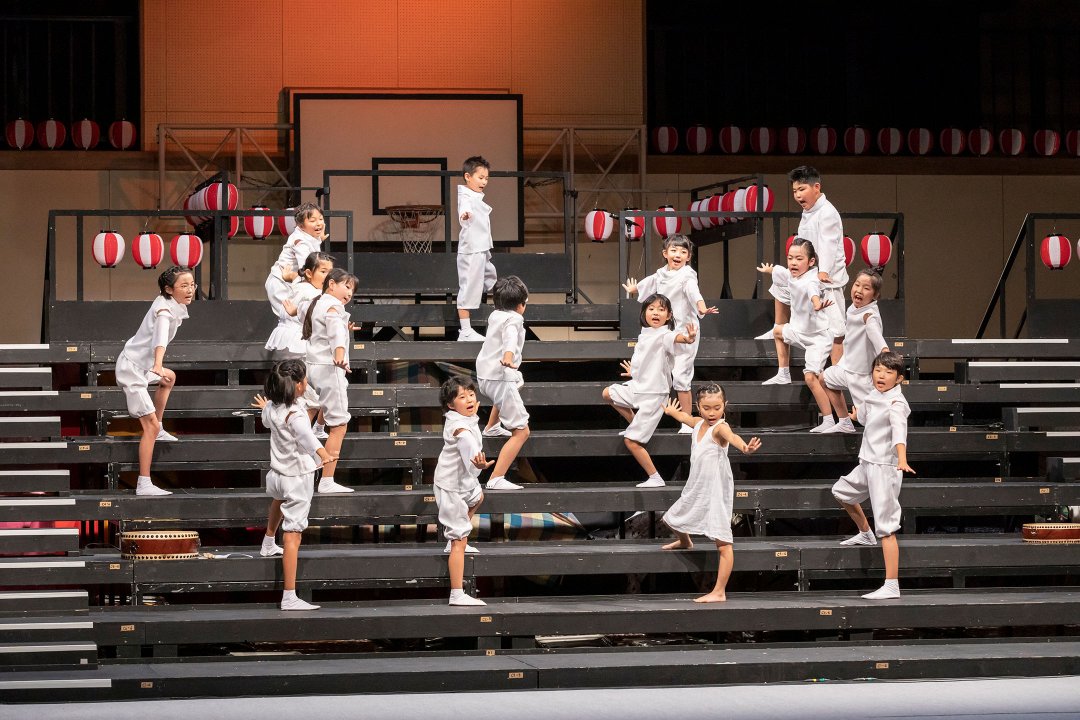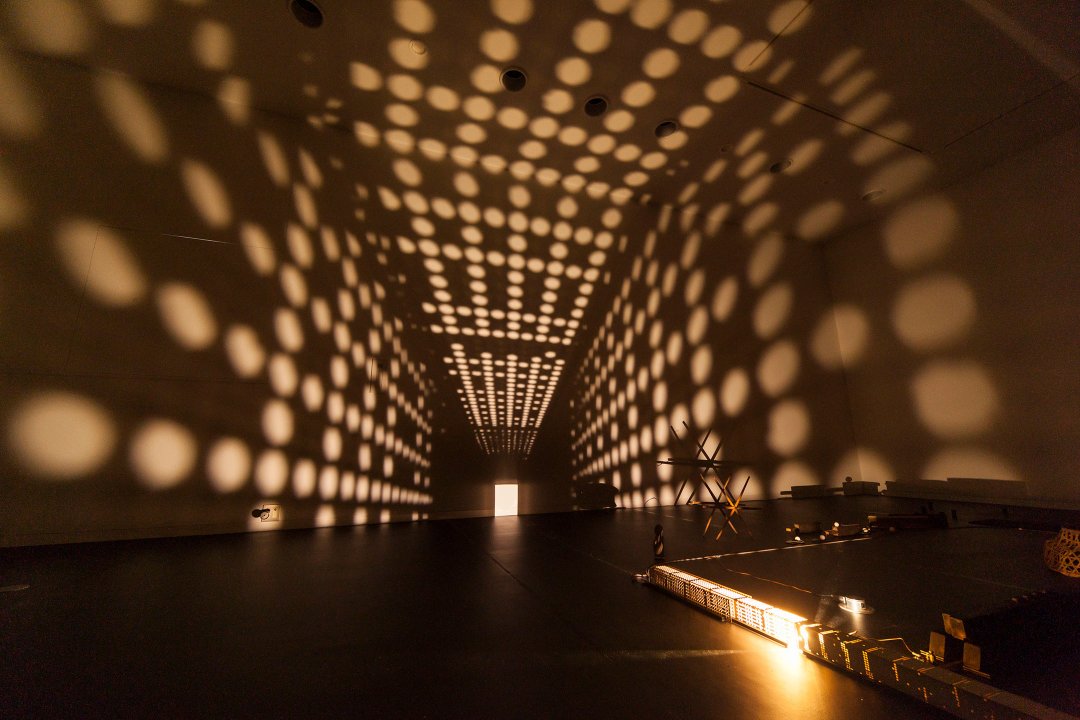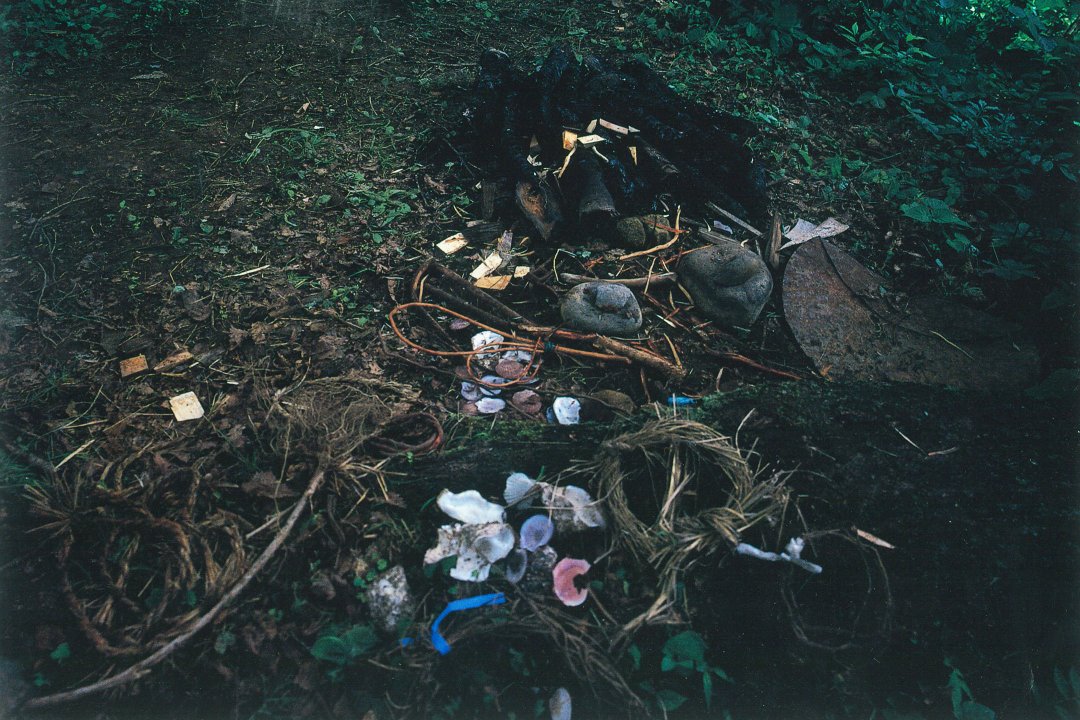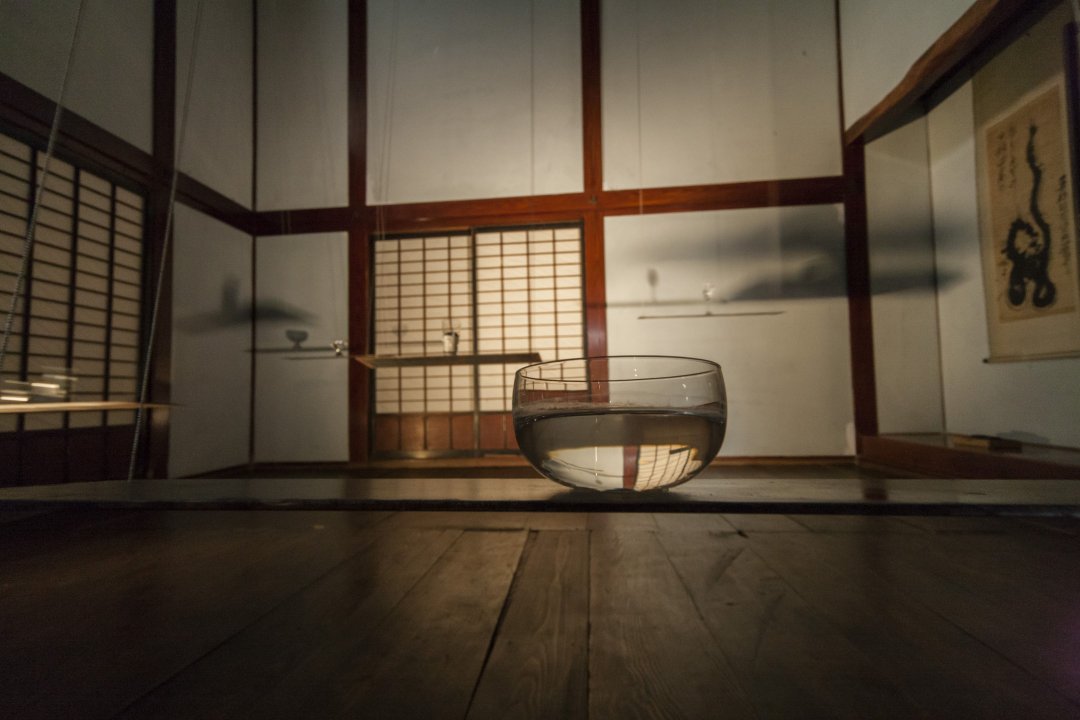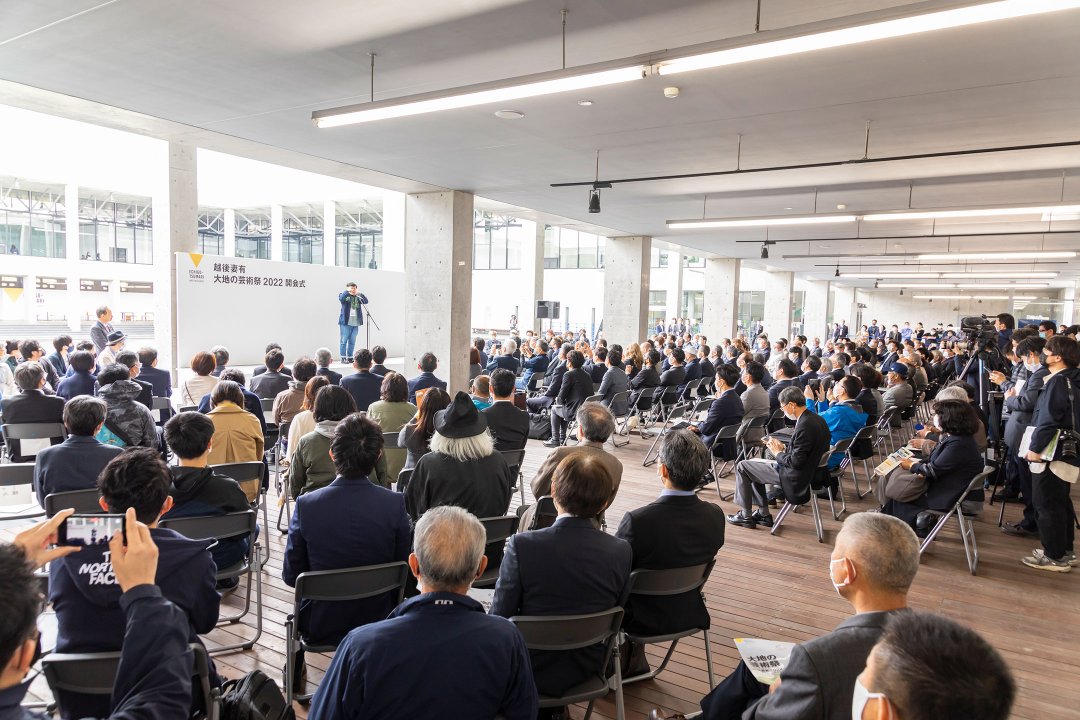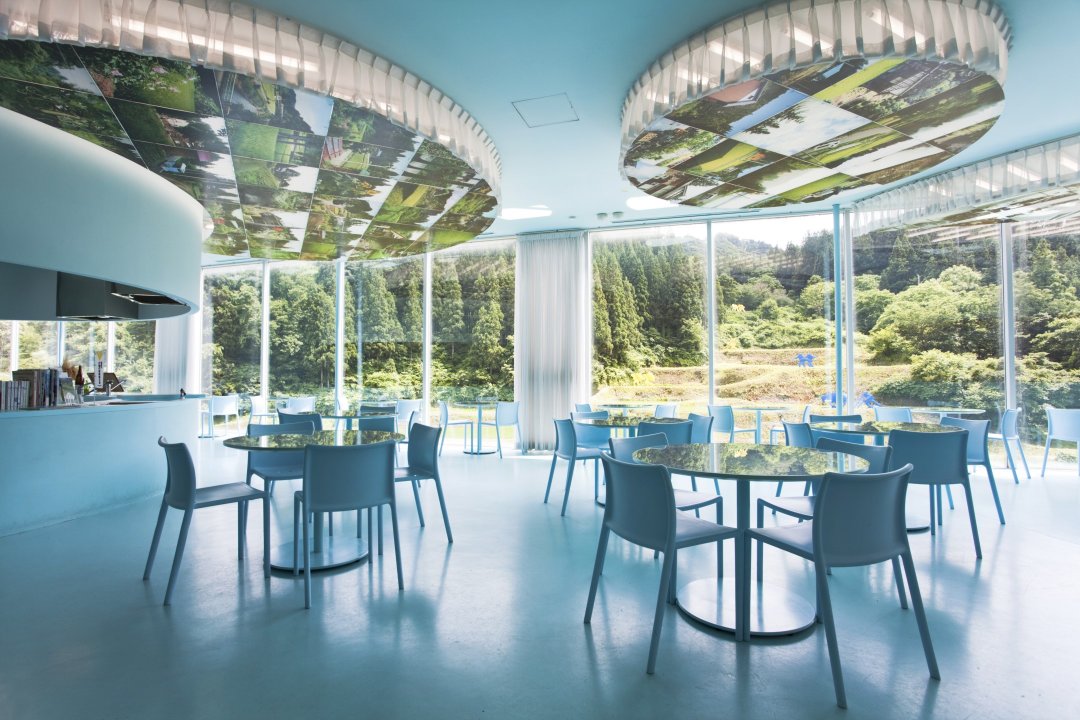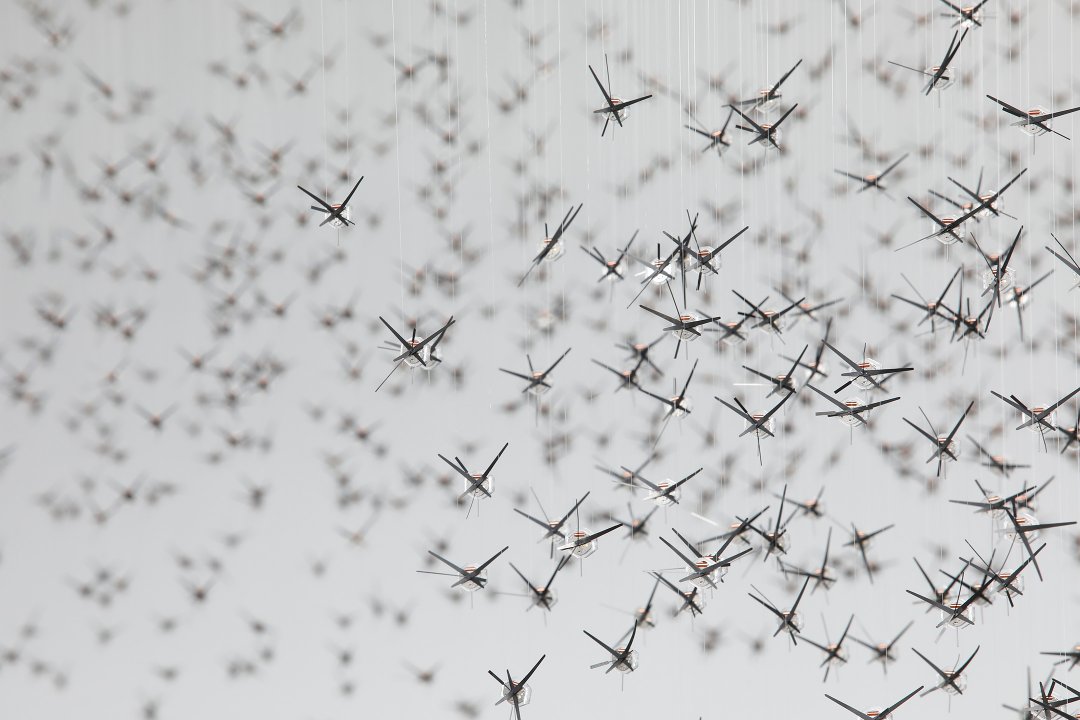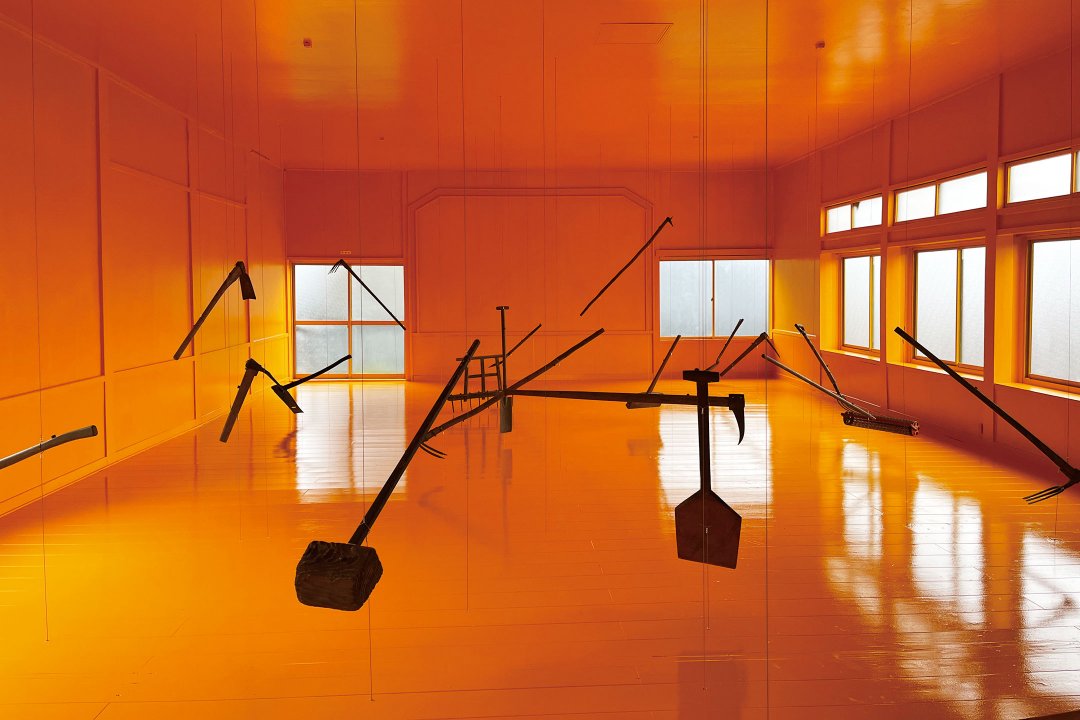Thinking 21st century art in the world from Niigata
Echigo-Tsumari Art Field - Official Web Magazine
Staff / From behind the scene of Echigo-Tsumari
The birth of "Daichi-no-Okazu"! A heartful and flavourful gift from Echigo-Tsumari
04 January 2021
Text by UCHIDA Shinichi, Photo by TOYOSHIMA Nozomu, Edit by UCHIDA Shinichi and KAWAURA Kei (CINRA.NET editorial team)
Trial and error and and rediscovery of "Flavour of Echigo-Tsumari"
In the previous article, we spoke with Yonezawa Fumio (the Executive Chef at The Burn) who supervises the Daichi-no-Okazu project lead by local women and Aima Yuki, the president of D&DEPARTMENT who supports the project with his expertise in logistics and promotion about the progress of the project as they tried tasting of the products.
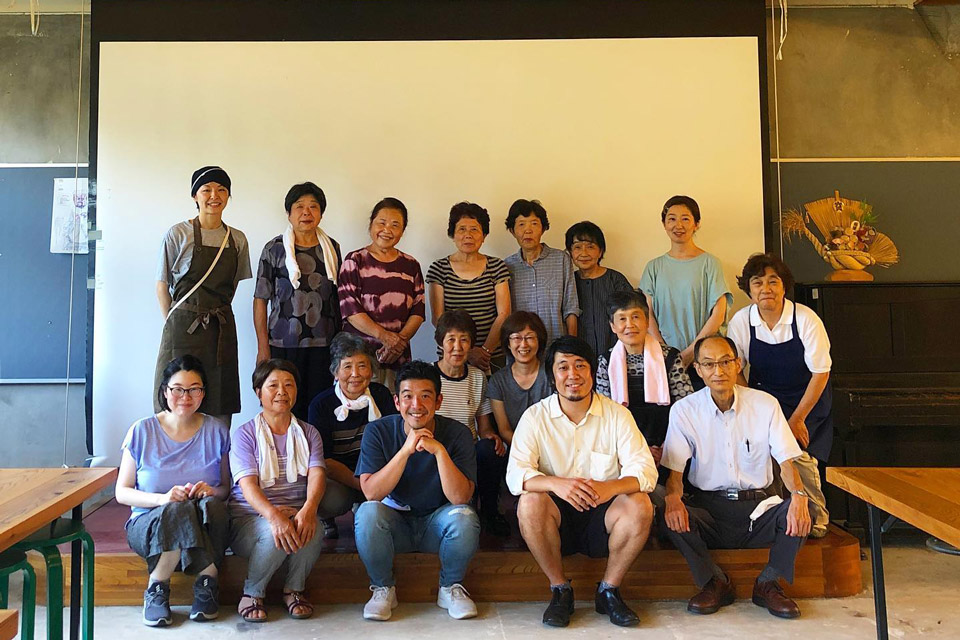
Daichi-no-Okazu team in Echigo-Tsumari. Ogawa Hiroko, the person on the left in the row behind, staff member of Echigo-Tsumari Satoyama Collaborative Organisation. (Photo couresy by ETAT)
First of all, we ask Ogawa Hiroko (staff member of Echigo-Tsumari Satoyama Collaborative Organisation, who is in charge of cooking with local women in the Daichi-no-Okazu project to share voice of the project team on site. We started the conversation by asking her thought on the Daichi-no-Okazu.
Ogawa:I hope that everyone discover something new or feel nostalgic as they enjoy the flavour of Echigo-Tsumari through Daichi-no-Okazu at home. I would be even happier if they actually decide to visit Echigo-Tsumari as a result.
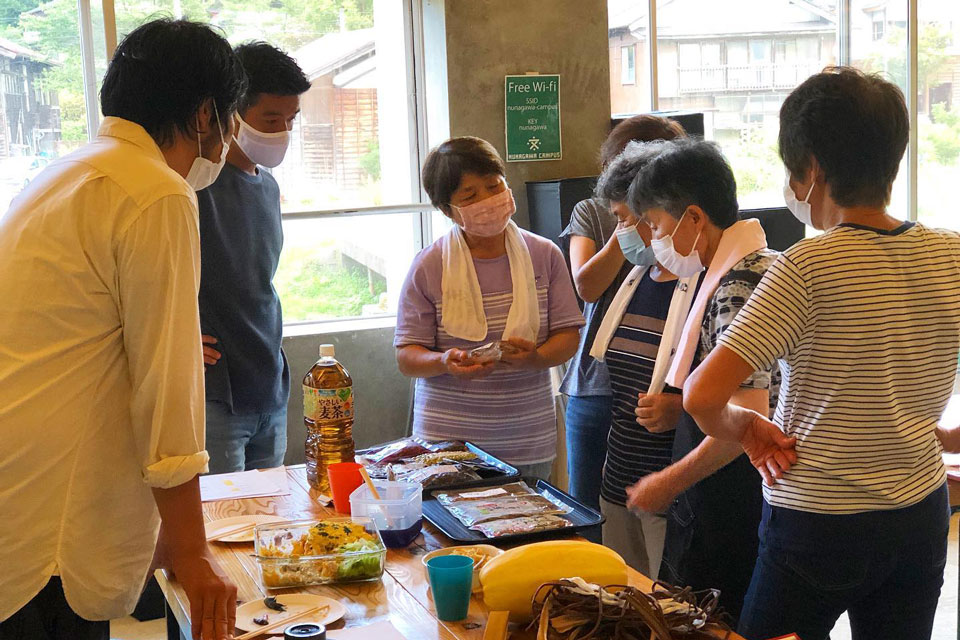
We tried cooking a few meals when we launched Daichi-no-Okazu project in September 2020. Thirteen people from Matsudai and Matsunoyama regions as well as Yonezawa Fumio (the Executive Chef at The Burn) and Aima Yuki (D&DEPARTMENT). We shared and reappreciated the diversity of local cuisine as we launched the project. (Photo courtesy: ETAT)
While she is from Tokamachi, she has learnt a lot including the rice fields of Echigo-Tsumari from older generations through the project.
Ogawa:I was able to hear lots of stories from local women when we worked together preparing and washing vegetables. For example, different ways of cooking for different ingredients, effective means of preserving food and methods of minimising food loss and waste. The knowledge that they have inherited from previous generations and local wisdoms and tips are crucial to this project.
On the contrary to running Echigo-Matsudai Satoyama Shokudo where we cook and serve local flavours, we had struggles associated with bringing these flavours to people far apart. In addition to deciding flavours (see the previous article for reference), there are some dishes that were close to complete but decided not to produce for sales.
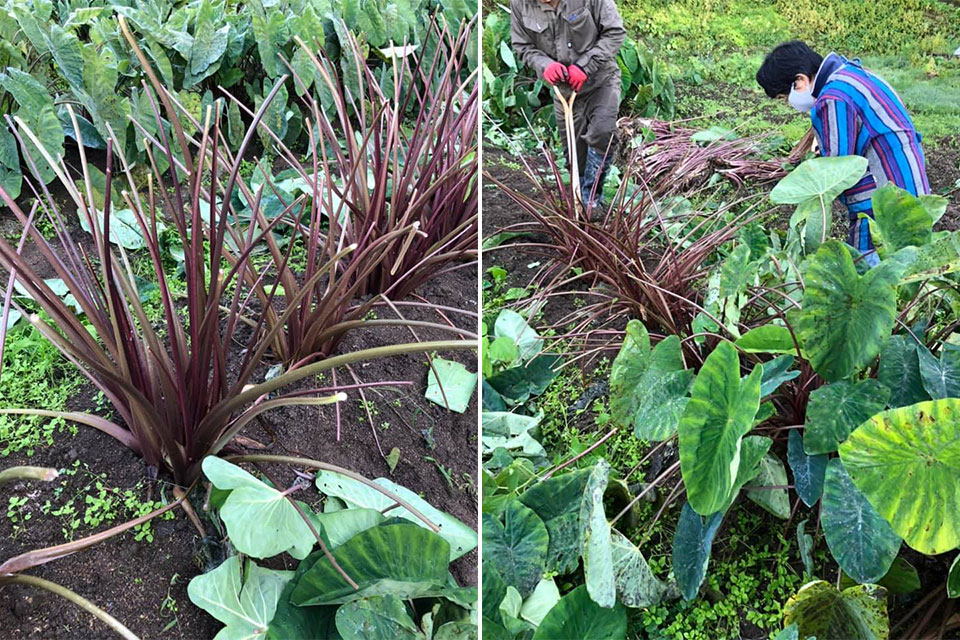
The sample of “Zuiki-no-Suzuke” started from harvesting Zuiki from the field. We picked up Zuiki filling up the small-sized truck, pealed its skin, boiled, picked in vinegar and bottled in a jar. The leftover part was served in meal at Echigo-Matsudai Satoyama Shokudo (Photo courtesy: ETAT)
One of them was “Zuiki-no-Suzuke”. Zuiki is the stem of taro which contains lots of dietary fibers. While it is a common ingredients in Echigo-Tsumari, it is quite rare outside the region. Although the crispy texture of Zuiki matched well with the sourness of sweet vinegar, we felt that we needed to do something further in order to keep its flavour in the jar. While it may sound disappointment, these failed attempts do contribute to continue the project.
Ogawa:For me, the experience of digging out the large volumn of Zuiki made a strong impression. I was reminded of the hard work that agriculture imposes on you by experiencing the actual environment where the ingredients grew and my feeling of gratitude towards farmers who provide us with vegetables got stronger.
The co-operations and exchanges with people such as Yonezawa and Aima who support this project from outside of the region play key roles in the Daichi-no-Okazu project, too.
Ogawa:Yonezawa-san always takes us to positive directions while Aima-san walks with us at our pace. They made us re-realise what we took for granted were something very attractive. We also feld strongly supported as they wonder and think about the future of this place. Moreover, as a person who work on this place, having the opportunity to work with experts and pioneers in their respective fields is such a precious experience.

The first set of the Daichi-no-Okazu project. The project team continues to work hard to decide new products even after what to be included was decided for the first batch.
In search of a new horizen beyond "Daichi-no-Okazu"
While Daichi-no-Okazu was managed to have taken the first step forward, it could be regarded that the project stands at the true starting point. Let’s ask Yonezawa (Executive Chef at The Burn) and Aima (D&DEPARTMENT) about the potential of Daichi-no-Okazu and paint the picture of future that they would like to see.
Chef Yonezawa keeps a broad perspective on culinary culture by serving grilled aged domestic beef at The Burn where he is the executive chef while also working on a receipe book featuring foods that don’t use animal ingredients called “Vegan Recipe” (published by Shibata Shoten). This approach is directly linked to his own experience of meeting various customers to the restaurant and feeling the diversity of people and their cultures when he was working hard in New York . Such philsophy plays the key role in supporting Daichi-no-Okazu project.
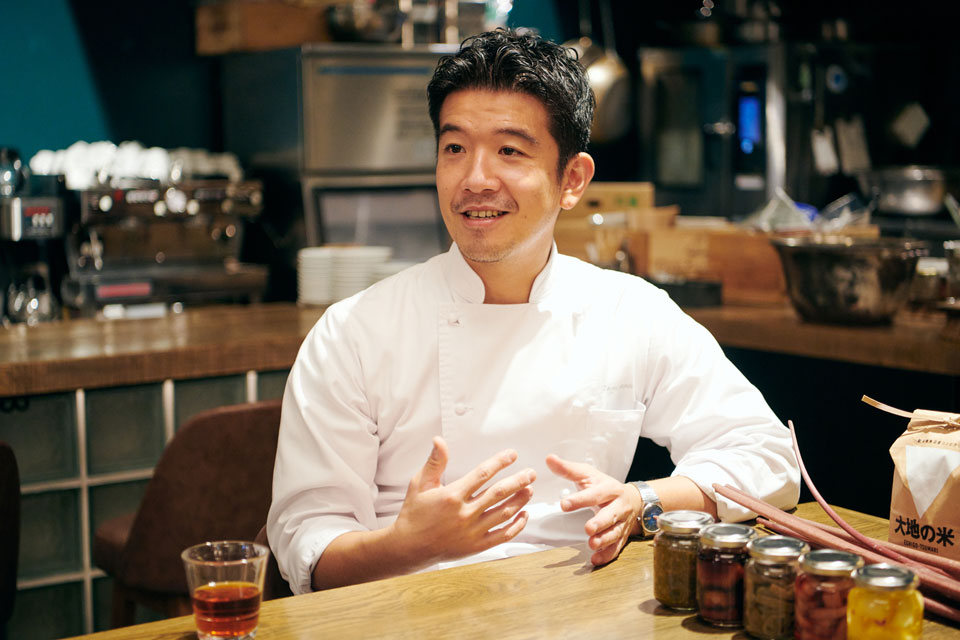
YONEZAWA Fumio
Yonezawa:In addition to my desire to help spread the rich culinary culture of Echigo-Tsumari to broader audience, I do think it is important for this project to contribute something to the local people. As the project is launched by local women to feature local delicacies, it is not possible to increase production for larger demand even it becomes popular and I think we should be happy with what it currently is. However, we should keep in mind that people involved in the project would feel rewarded. And I hope to share ideas of devise to help that such as sales target.
Also in consultation with the team, I hope we could consider outsourcing the production that is currently handled by the local women as the project evolves. I do hope that this project will last for years to come – as like building muscle – step by step to get used to the system while exploring a better direction to develop together. Moreover, I am sure there are many people across Japan who are keen to work on this kind of challenge. If the Daichi-no-Okazu succeeds, it could be a model for others to refer to which eventually contribute to support the local culinary culture in Japan as a whole.
Aima considers engaging with the Daichi-no-Okazu project overlaps with the activities he has been doing with “d47” which is how to convey attractiveness of each reagion. At the same time, he also expects to see the landscape where the project creates “jobs” in the region that would continue to exist and leads to exchange and succession amongst generations.
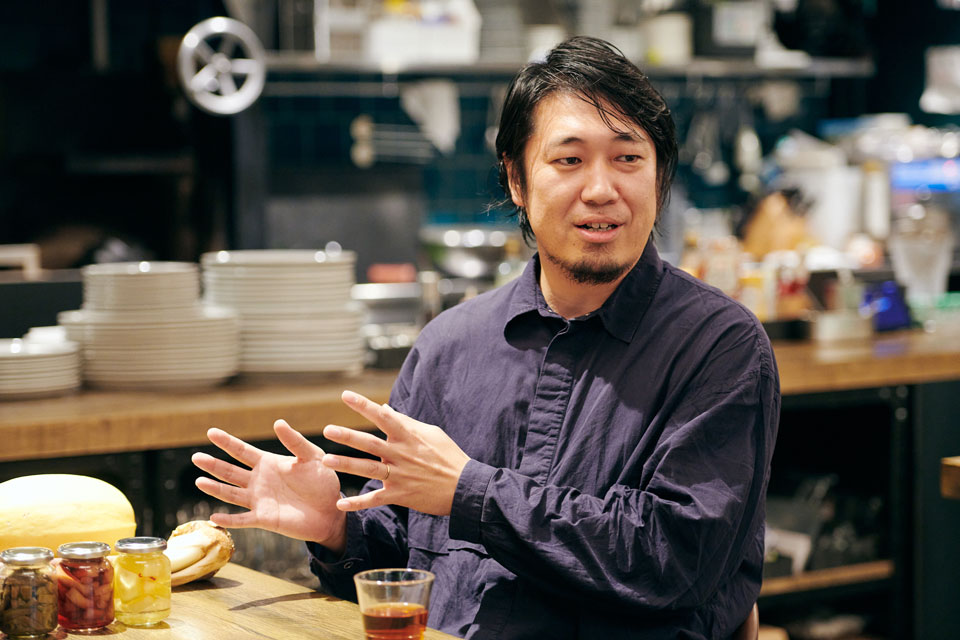
AIMA Yuki
Aima:Ageing is progressing in many communities in Echigo-Tsumari and women in 70s and 80s are leading this project. While it is great to see that they are active, I hope the next generation as well as even younger generation will be interested in the project so that it will continue to exist for long time. In order to achieve this, I would like to work with people in the region to develop the Daichi-no-Okazu to be a project which creates a place for them to work.
Although I said “succession”, I also believe that the younger people could bring an alternative energy to this project. Based upon the diverse culinary culture of Echigo-Tsumari, it will be exciting to see if something that is currently only eaten locally will be added as a product of the Daichi-no-Okazu.
Each jar of the Daichi-no-Okazu is filled with the local delicacies of satoyama as well as the feelings of each person involved. We hope that a new landscape will emerge from “the local clinary culture” which ETAT respects as much as it does of art. Please try the flavour of Daichi-no-Okazu and it will be highly appreciated if you could also join supporting this project for long time.
PROFILE
YONEZAWA Fumio
Executive Chef at “The Burn”
Yonezawa worked at an Italian restaurant for four years after graduating from a high school. He moved to New York in 2002 and being appointed as the first Japanese sous-chef at Jean-Georges, the Michelin three-star restaurant. He has worked as executive chef at many famous restaurant after returning to Japan and worked as a chef de cuisine when Jean-Georges opened the restaurant in Japan. He became the Executive Chef at the Burn in summer 2018.
Click here to find out more about the sustainable grill, “The Burn”
PROFILE
AIMA Yuki
Director of Food Division, D&DEPARTMENT
Aima directs the project called “d47 shokudo” which revisits, discover and introduce characters and uniquness of each of the 47 prefectures across Japan through interviews and development of distinctive menu featuring their respective ingridients and culinary culture under the overarching theme, “long-life design”. Making use of the network of the 47 prefecture nurtured in the project, he has also launched various projects such as “life stock” to reduce food-loss in co-operation with producers, running cooking workshop of local food, “d taberu kenkyusho (d eating laboratory)” – a tour to visit producers. Through developoment of new products in collaboration with producers across Japan, he explores the ways how food could contribute to solve issues that the regions face. He is also engaged with “d Kyoto Shokudo”, “D&DEPARTMENT DINING TOYAMA”.
Click here for D&Department Project
Articles
Latest Articles
Stay connected with the ETAT official social media to receive the latest news and event information, and the many seasonal faces of Echigo-Tsumari as well as new issue of the ETAT official media, “Art from the Land”.






